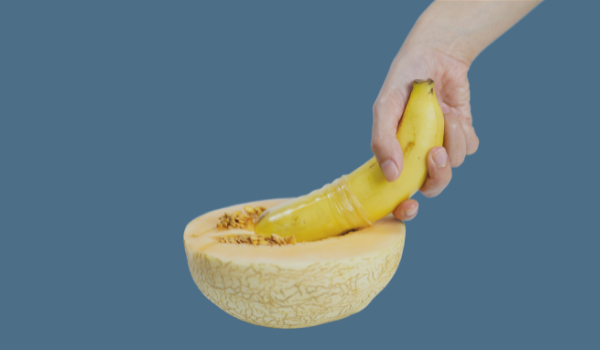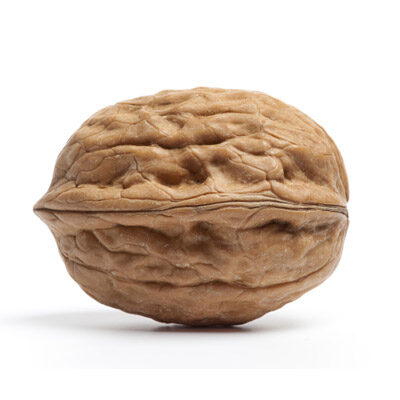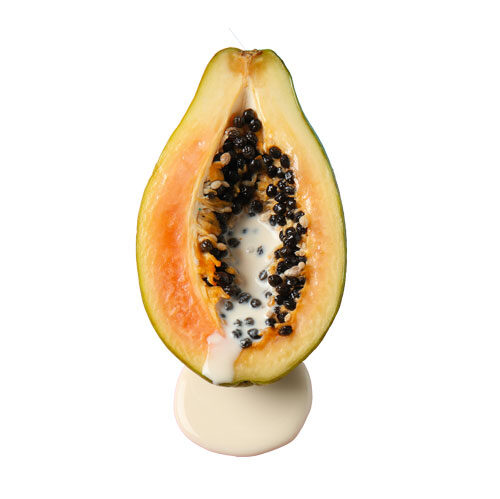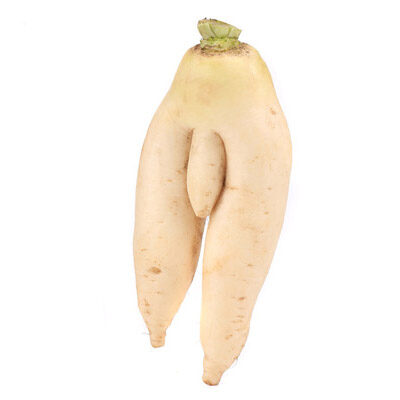IMPORTANT LESSON
First up, Peyronies is not life-threatening BUT it can be devastating nonetheless.
What is Peyronies Disease?
Peyronie’s disease (PD) is a connective tissue disorder that can result in penile deformities such as penile curvature and shortening. Plaques (segments of flat scar tissue) form under the skin of the penis. These plaques can cause the penis to bend or become indented during erections. The plaques can often, but not always, be felt through the skin, they may cause pain.
The linings of the corpus cavernosum that fill with blood to give an erection are strong and flexible and they are made up of elastin and collagen they are interwoven in a delicate intricate way that enables them to be strong and still expandable sometimes when this “balance” is affected plaques form ( they are like scar tissue on a healed wound). These plaques lose their stretch so the penis can not expand evenly and deformities in penile shape occur. The bend occurs where the plaque forms. Sometimes is unilateral and the penis bends other times it may occur on both sides and the penis looks like an hourglass. Some men feel pain when the inflammation starts and then the pain passes, other men will experience constant pain or no pain at all. Sometimes calcium deposits build up on the plaque making it even harder and more nodular. PD can occur rapidly and slowly and is presented differently for each person.
One thing that is consistent that is it is distressing to see your old friend take a new turn you weren’t planning.

Prevalence of Peyronies Disease
The prevalence of diagnosed PD has been estimated to be 0.5% in adult males.
Peyronies disease is thought to happen in about 6 out of 100 men between the ages of 40 and 70. It’s rare in young men but has been seen in men in their 30s and younger when a previous injury has occurred.
The number of cases may be higher than the estimates because many men may be embarrassed and choose not to see their health care provider.
Peyronies Disease diagnosis is based on medical history, symptomatology, and identification of penile plaque by palpation.
In some instances, imaging can also be used to identify the site and characteristics of the plaque.
Symptoms of Peyronies Disease
Other signs that you may have Peyronie’s disease are:
- Bent/curved penis
- Lumps in the penis
- Painful erections
- Soft erections
- Having trouble with sex because of a bent/curved penis
Causes of Peyronies Disease
Peyronie’s disease is likely caused by:
- Minor injury to the penis
- Loss of spontaneous nocturnal erections
- Genetic factors
- Health issues such as high blood sugar levels, tobacco use, or past pelvic trauma, may also lead to wound healing problems and hence may contribute to Peyronie’s Disease development.
- Men with Dupuytren’s contracture
There are Solutions
Peyronie’s disease can make your quality of life worse.
Over 75 out of 100 men with Peyronie’s disease are stressed and depressed because of it.
Unfortunately, many men with Peyronie’s disease are embarrassed and choose to suffer in silence rather than get help. Help is available.
Treatments Include
- Drug treatments
- Vacuum devices
- Traction devices
- Ultrasound treatment
- Shockwave therapies
- Surgical treatments
Register Your Interest
For more information on Peyronies Disease and how you can prevent further penile deformity and treat the current problem check out our online course(coming soon). Register your interest by sending your request to support@rshealth.com.au.
Here you will find treatments you can start at home and options for followup treatment discussed in detail.
Having issues with your sex drive, experiencing sexual performance anxiety, erectile dysfunction or another problem down there? Book a consultation with one of our practitioners.
Email admin@rshealth.com.au or click on the button below.













